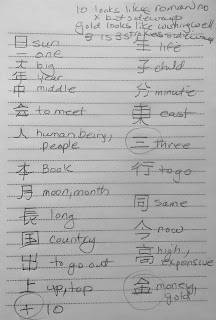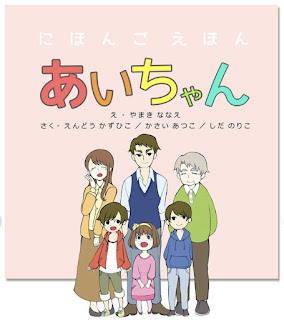Literacy Blog: Kanji

I am still learning kanji and am far from knowing them. Im listening to videos and tapes on how to remember them trying to gain more ideas. I’ve been trying to look at the shapes and just memorize them. The number ten symbol in kanji looks like to me a sideways Roman numeral x. The symbol 3 is easy to remember because it’s get 3 sideways strokes. The symbol for money or gold looks like a wishing well to me. The symbol for two is also two sideways strokes. My sister who speaks Japanese gave me a link to Japanese Pod 01. They break the kanji character into smaller components that are called radicals. They say radicals are the building blocks of kanji and each character has at least one radical. The showed how the person radical is in several Kanji characters and how to recognize them. I’m still learning them. I am also doing the lessons in our class and trying to figure out what helps me the best to remember. Sometimes when I see an image in something I can learn easier.

